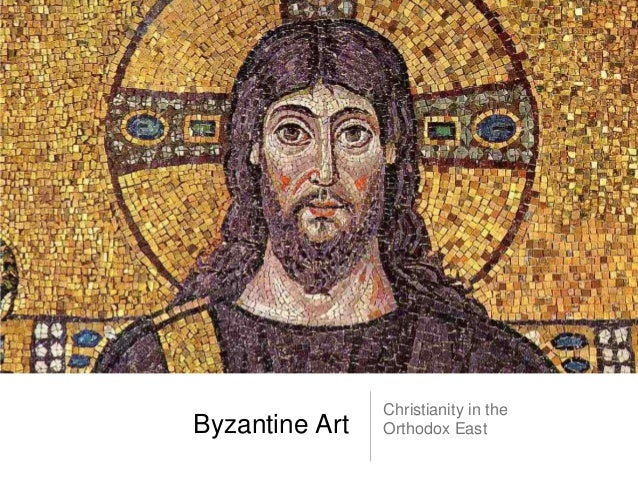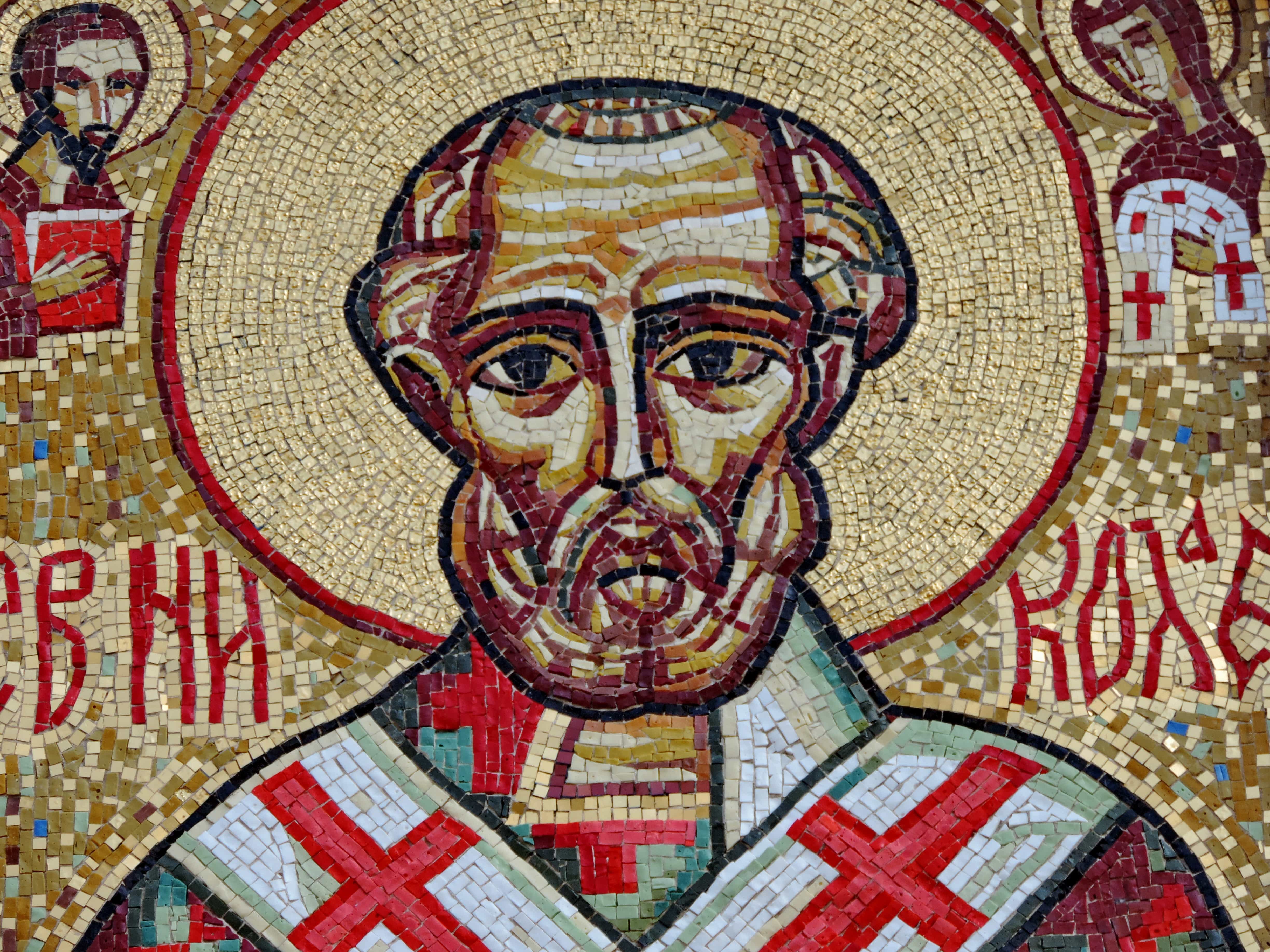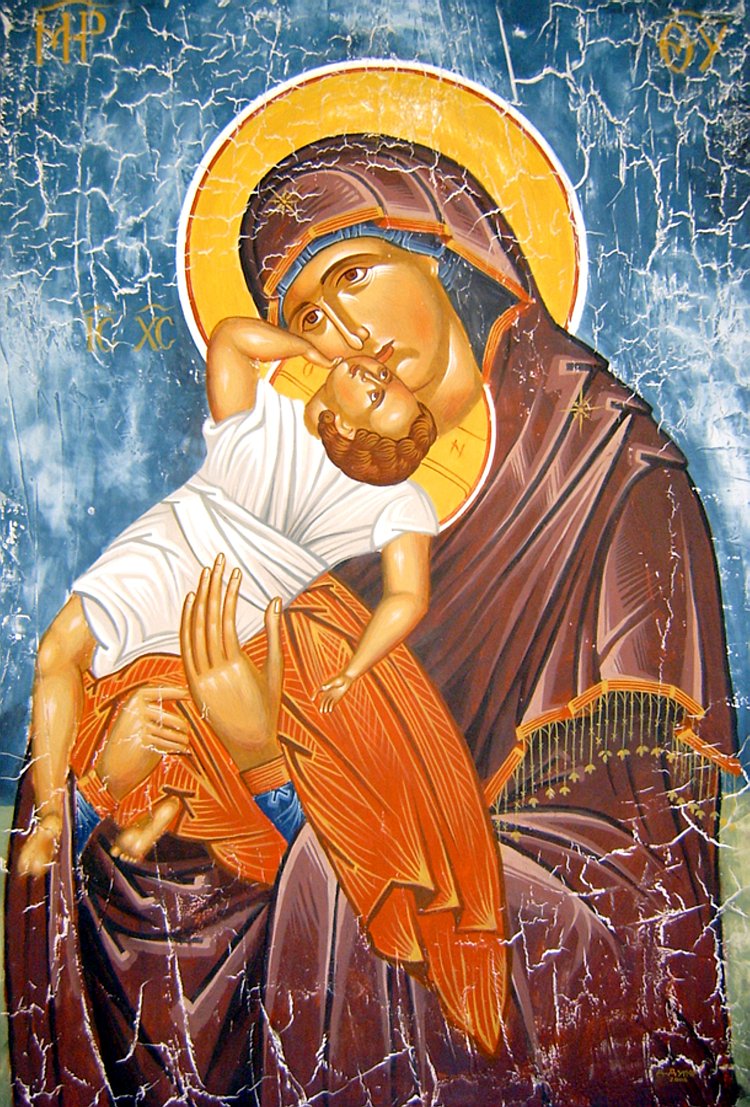Byzantine Art. Byzantine art-focused heavily on religious themes, particularly applied in mosaics, Icon paintings (paintings of the saints on wood panel), and fresco wall paintings. Sumptuous and rich in color and detail, the art of the Byzantine has transcended the centuries and continues to inspire today.

He managed to re-establish stability in the empire and rule as a single emperor, legalize Christianity, and move the. B yzantine art, which developed as a branch of the Roman Empire, was mainly distinguished by a move away from naturalism within Classical Art towards a more abstracted and worldwide look. Byzantine art appeared in a wide range of art and design forms including.
The Byzantine empire's interaction with Islamic culture had a profound effect on its art. To speak of "Byzantine Art" is a bit problematic, since the Byzantine empire and its art spanned more than a millennium and penetrated geographic regions far from its capital in Constantinople. Byzantine art is characterized by a shift away from the naturalism and idealized forms associated with earlier Greek and Roman art toward more stylized, abstract forms, with an overall tendency toward flatness.
However, graceful silver vessels, carved ivory, and beautiful glass works of art were created during this time. The majority of Byzantine art depicts. Byzantine art-focused heavily on religious themes, particularly applied in mosaics, Icon paintings (paintings of the saints on wood panel), and fresco wall paintings.
The style is defined by devotional, Christian subjects depicted in angular forms with sharp contours, flattened colour and gold decoration.
The majority of Byzantine art depicts.
Byzantine art comprises the body of Christian Greek artistic products of the Eastern Roman ( Byzantine) Empire, as well as the nations and states that inherited culturally from the empire. Byzantium reached its peak under Emperor Justinian I, as the most powerful state in Europe. This glittering medieval art style had lasting effects on the history of Western art, inspiring artists even hundreds of years later, like the painter El Greco.
Thus, Byzantine art includes work created from the fourth century to the fifteenth century and encompassing parts of the Italian peninsula, the. Sculpture survived only minimally, and then mostly in reliquaries and small, carved items. Byzantine art, architecture, paintings, and other visual arts produced in the Middle Ages in the Byzantine Empire (centred at Constantinople) and in various areas that came under its influence.
As the empire's official religion was Orthodox Christianity, Byzantine art was largely devotional, Christian art. The early Pantocrator, meaning "all-powerful," portrayed Christ in majesty, his right hand raised in a gesture of instruction and led to the development of the Deësis, meaning "prayer," showing. It has both similarities and differences from early Christian art.
Heaven and Earth: Art of Byzantium from Greek Collections is the first exhibition devoted to Byzantine art at the Gallery. At Gallery Byzantium, our pieces are inspired by the art, jewelry, and architecture of this historic empire. The basic characteristics of Byzantine art are brilliance, abstraction, the full use of light and color, the plane modeling technique of two-dimensional space, the sense of rhythm between characters and background, and so on.
Artists worked primarily in two-dimensional media, creating mosaics, icons, and wall paintings. Generally, the characteristics of Byzantine art were almost completely in tune with the religious realm; particularly. The Art & Architecture Library is a key resource to faculty and students.
He managed to re-establish stability in the empire and rule as a single emperor, legalize Christianity, and move the.
Artists worked primarily in two-dimensional media, creating mosaics, icons, and wall paintings.
This art movement's influence on later periods is seen in the Illuminations of Anglo Saxon monastic illustrations. During his reign, many important buildings across Europe were built, including Hagia Sophia in modern. Art History Art Practice Documentary Film Film and Media Studies.
B yzantine art, which developed as a branch of the Roman Empire, was mainly distinguished by a move away from naturalism within Classical Art towards a more abstracted and worldwide look. It has both similarities and differences from early Christian art. Mirroring the political climate, art became a medium of confrontation and cooperation between the two sides.
Flat-faced saints float on gilded ethereal backgrounds. To speak of "Byzantine Art" is a bit problematic, since the Byzantine empire and its art spanned more than a millennium and penetrated geographic regions far from its capital in Constantinople. Byzantine art comprises the body of Christian Greek artistic products of the Eastern Roman ( Byzantine) Empire, as well as the nations and states that inherited culturally from the empire.
The basic characteristics of Byzantine art are brilliance, abstraction, the full use of light and color, the plane modeling technique of two-dimensional space, the sense of rhythm between characters and background, and so on. Byzantium reached its peak under Emperor Justinian I, as the most powerful state in Europe. Byzantine art, architecture, paintings, and other visual arts produced in the Middle Ages in the Byzantine Empire (centred at Constantinople) and in various areas that came under its influence.
However, graceful silver vessels, carved ivory, and beautiful glass works of art were created during this time. Tourists can still view some of its most famous mosaics in the Hagia Sophia and in. Sumptuous and rich in color and detail, the art of the Byzantine has transcended the centuries and continues to inspire today.
Generally, the characteristics of Byzantine art were almost completely in tune with the religious realm; particularly.
Tourists can still view some of its most famous mosaics in the Hagia Sophia and in.
During his reign, many important buildings across Europe were built, including Hagia Sophia in modern. Art History Art Practice Documentary Film Film and Media Studies. Sumptuous and rich in color and detail, the art of the Byzantine has transcended the centuries and continues to inspire today.
Sumptuous and rich in color and detail, the art of the Byzantine has transcended the centuries and continues to inspire today. Heaven and Earth: Art of Byzantium from Greek Collections is the first exhibition devoted to Byzantine art at the Gallery. Art History Art Practice Documentary Film Film and Media Studies.
As the empire's official religion was Orthodox Christianity, Byzantine art was largely devotional, Christian art. Islam's rise and military success were the greatest threat to the stability of the empire and its territories. At Gallery Byzantium, our pieces are inspired by the art, jewelry, and architecture of this historic empire.
Byzantium reached its peak under Emperor Justinian I, as the most powerful state in Europe.
Christianity flourished and gradually supplanted the Greco-Roman gods that had once defined Roman religion and culture.
Byzantine art-focused heavily on religious themes, particularly applied in mosaics, Icon paintings (paintings of the saints on wood panel), and fresco wall paintings. As the empire's official religion was Orthodox Christianity, Byzantine art was largely devotional, Christian art. Thus, Byzantine art includes work created from the fourth century to the fifteenth century and encompassing parts of the Italian peninsula, the.
This art movement's influence on later periods is seen in the Illuminations of Anglo Saxon monastic illustrations. However, graceful silver vessels, carved ivory, and beautiful glass works of art were created during this time. Byzantine art developed many standards that would inform religious art for centuries, such as Christ Pantocrator, Theotokos, and the Virgin Hodegetria.
However, graceful silver vessels, carved ivory, and beautiful glass works of art were created during this time. Heaven and Earth: Art of Byzantium from Greek Collections is the first exhibition devoted to Byzantine art at the Gallery. It is manifested in architecture, mosaic murals and icon art.
At Gallery Byzantium, our pieces are inspired by the art, jewelry, and architecture of this historic empire. Heaven and Earth: Art of Byzantium from Greek Collections is the first exhibition devoted to Byzantine art at the Gallery. The basic characteristics of Byzantine art are brilliance, abstraction, the full use of light and color, the plane modeling technique of two-dimensional space, the sense of rhythm between characters and background, and so on.















